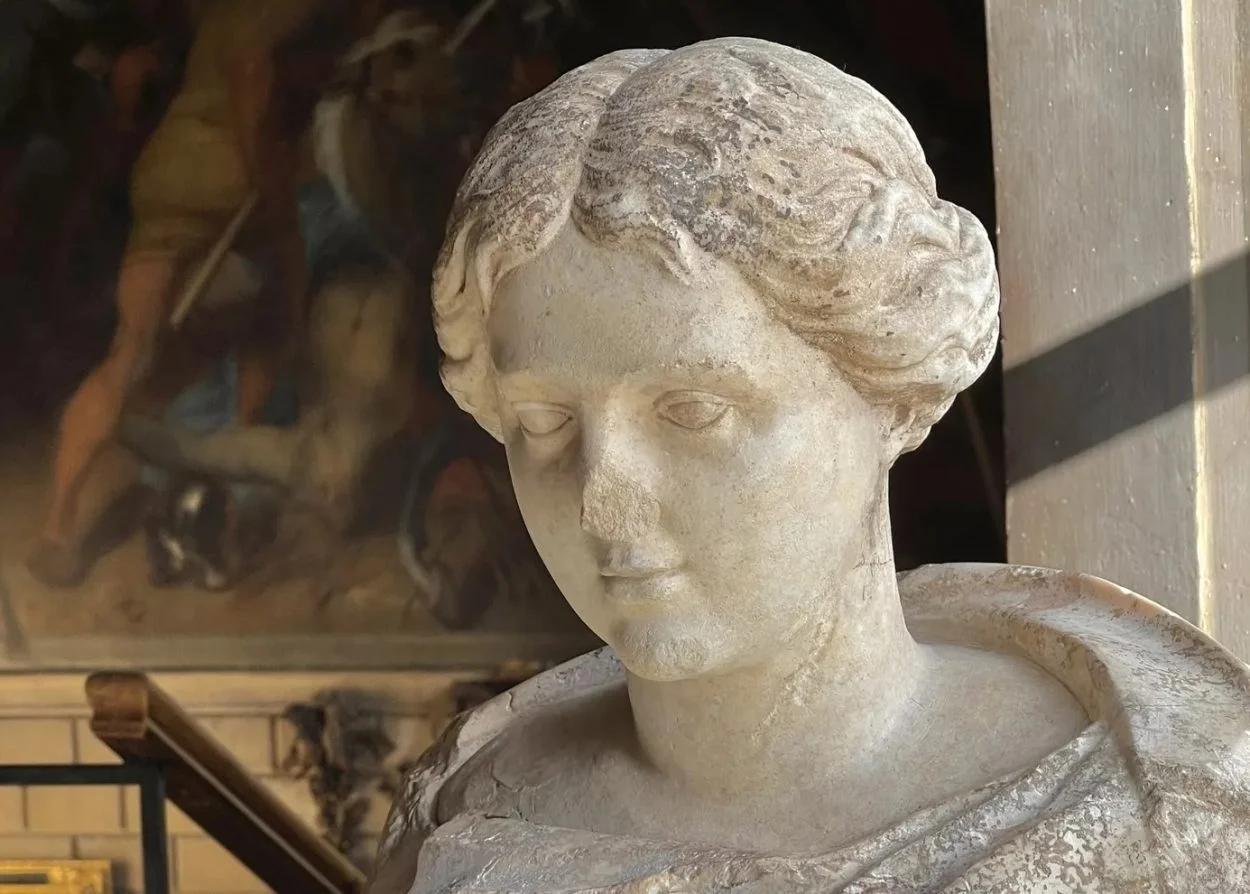A sculptured head and bust made from marble has been discovered during construction works on the car park at Burghley House.
Burghley House is an English country house near Stamford, Lincolnshire, built during the 16th century by the Cecil family.
The house is a Grade I listed building and largely retains its exterior Elizabethan appearance modelled on the privy lodgings of Richmond Palace.
The head and bust were uncovered by a digger during construction works on an overflow parking area. Both objects were taken to the House’s Curator, before being sent to a professional conservator who resembled both pieces.
The head was discovered by Greg Crawley, who said: “I had a real shock as the digger bucket rolled over what I thought was a big stone to reveal a face. When I picked it up, I realised it was a head of a statue. I couldn’t believe it when they told me it was a Roman marble statue. It was an amazing feeling to have found something so old and special – definitely my best ever discovery.”
According to a press announcement by Burghley House, the head and bust date from the 1st or 2nd century AD, with the head depicting the image of a woman.
An iron dowel found in the head was used to attach to a bust or pedestal, a modification commonly performed by Italian traders dealing in ancient artefacts throughout the 18th century.
Objects from antiquity were displayed in this fashion for sale to aristocrats travelling on the Grand Tour, with the example from Burghley likely purchased during a tour in the 1760’s by Brownlow Cecil, 9th Earl of Exeter.
Header Image Credit : Burghley House
Sources : Burghley House





